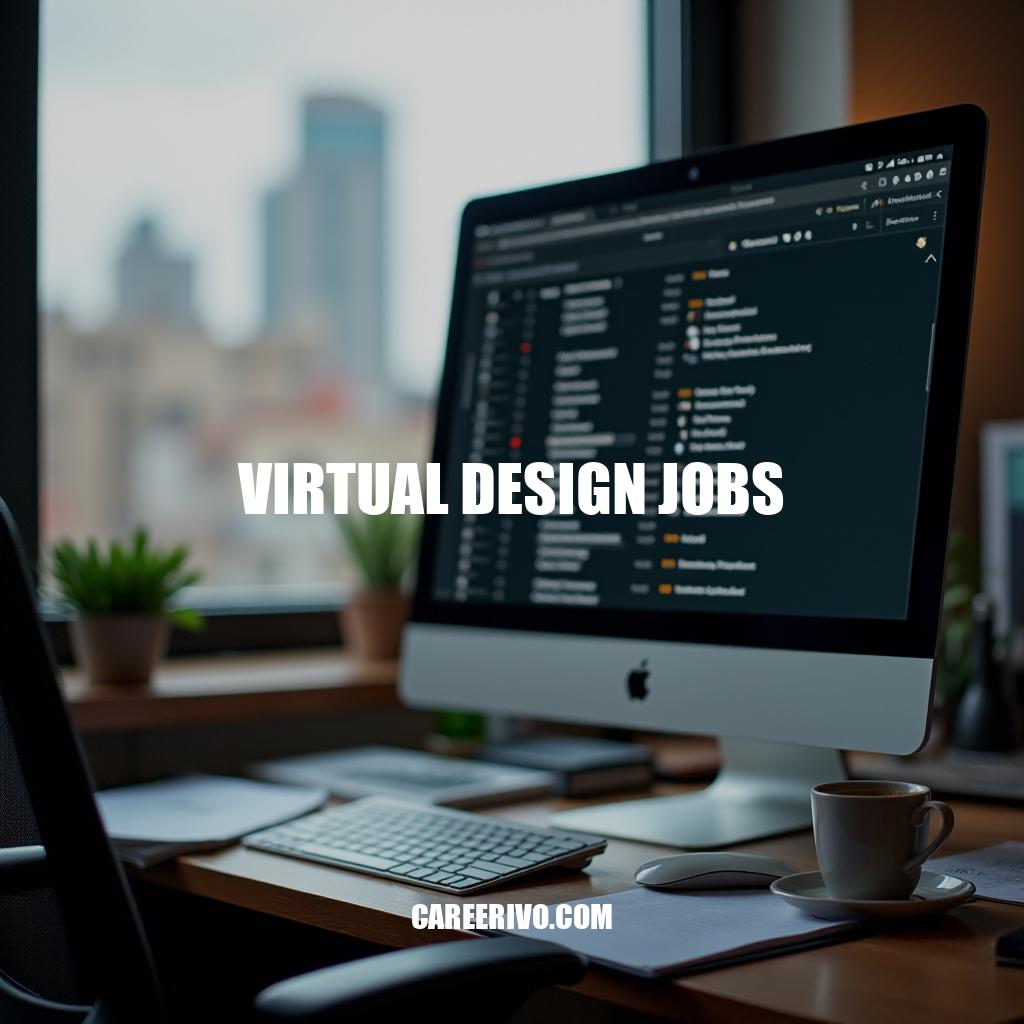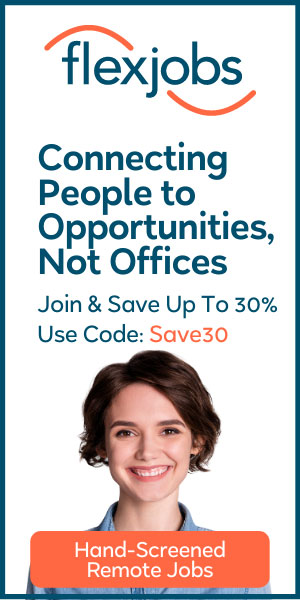
The world of virtual design jobs is rapidly evolving, offering a wide range of opportunities for designers to work remotely and showcase their creativity. As a remote designer, you’ll have the flexibility to work from anywhere, collaborate with global teams, and develop innovative designs that meet clients’ needs. Whether you’re a seasoned designer or just starting your career, online design jobs provide a platform to build your portfolio, expand your skill set, and connect with like-minded professionals.
Benefits of Virtual Design Jobs
Virtual design jobs offer numerous benefits of virtual design jobs that can enhance your career and personal life. Some of the key advantages of online design jobs include:
- Flexibility: Work from anywhere, at any time, and manage your schedule.
- Work-life balance: Prioritize personal well-being, reduce commuting time, and increase productivity.
- Global job opportunities: Access to international job markets, allowing you to work with diverse clients and teams.
Here are some statistics that highlight the benefits of virtual design jobs:
| Benefit | Statistic |
|---|---|
| Productivity | 74% of remote workers experience improved productivity |
| Job satisfaction | 83% of remote workers report higher job satisfaction |
| Cost savings | Remote workers save an average of $4,000 per year on commuting costs |
By understanding the benefits and advantages of virtual design jobs, you can make informed decisions about your career and enjoy a better work-life balance.
People Also Ask Questions
Virtual design jobs require a combination of creative and technical skills. To succeed in these roles, you’ll need to meet certain virtual design job requirements, including:
- Bachelor’s degree in Design or related field
- Proficiency in design software like Adobe Creative Suite
- Strong portfolio showcasing your design skills
Online design job salary ranges vary widely depending on experience, location, and company. Here are some examples:
| Job Title | Salary Range |
|---|---|
| Junior Graphic Designer | $40,000 – $60,000 per year |
| Senior UI/UX Designer | $90,000 – $120,000 per year |
| Freelance Graphic Designer | $25 – $100 per hour |
To excel in virtual design jobs, focus on developing these skills for virtual design jobs:
- Design software like Sketch, Figma, or Adobe XD
- Communication and collaboration tools like Slack or Asana
- Time management and self-motivation
By understanding the requirements, salary ranges, and necessary skills, you can find the right virtual design job for your needs.
Types of Virtual Design Jobs
The world of virtual design jobs offers a wide range of opportunities for designers to showcase their skills. There are several types of virtual design jobs available, including:
- Graphic Design: Create visual elements like logos, icons, and graphics for websites, social media, and marketing materials.
- UI/UX Design: Design user interfaces and user experiences for websites, apps, and software.
- Web Design: Build and design websites, focusing on layout, typography, and visual elements.
Here are some online design job types and their average salary ranges:
| Job Title | Salary Range |
|---|---|
| Graphic Designer | $40,000 – $80,000 per year |
| UI/UX Designer | $80,000 – $120,000 per year |
| Web Designer | $50,000 – $90,000 per year |
By exploring these different types of virtual design jobs, you can find the one that best fits your skills and interests.
How to Find Virtual Design Jobs
Finding virtual design jobs requires a strategic approach. Utilize online design job boards and professional networks to discover new opportunities. Some popular resources include:
- Upwork: A platform for freelance and contract design work.
- 99designs: A platform for freelance graphic design work.
- Behance: A platform to showcase your design work and connect with potential clients.
- We Work Remotely: A remote job board with a wide range of design opportunities.
Here are some tips for finding virtual design jobs:
| Tip | Description |
|---|---|
| Use specific keywords | Use keywords like ‘virtual design jobs’ or ‘online design jobs’ to find relevant results. |
| Network with professionals | Attend industry events and join online communities to connect with other designers. |
| Build a strong portfolio | Showcase your design work to attract potential clients and employers. |
By leveraging these resources and tips, you can increase your chances of finding virtual design job opportunities that match your skills and interests.
Tips for Success in Virtual Design Jobs
To succeed in virtual design jobs, it’s essential to develop effective online design best practices. Here are some tips for virtual design jobs:
- Time management: Prioritize tasks, set realistic deadlines, and minimize distractions.
- Communication skills: Clearly articulate ideas, actively listen, and respond promptly to messages.
- Continuous learning: Stay up-to-date with industry trends, best practices, and new design tools.
Here are some online design best practices to keep in mind:
| Best Practice | Description |
|---|---|
| Use design systems | Utilize design systems to maintain consistency and efficiency. |
| Collaborate with clients | Work closely with clients to understand their needs and preferences. |
| Test and iterate | Test designs thoroughly and iterate based on feedback and results. |
By following these tips and best practices, you can deliver high-quality designs, build strong client relationships, and succeed in virtual design jobs.
In Conclusion
In conclusion, virtual design jobs offer a world of opportunities for designers to showcase their creativity and skills while enjoying the flexibility and benefits that come with remote work.
By understanding the requirements, salary ranges, and necessary skills for these roles, you can find the right virtual design job that matches your needs and interests.
Whether you’re just starting your career or looking to transition into a new role, this article has provided valuable insights and resources to help you succeed in the world of virtual design jobs.
As you continue on your design journey, remember to stay up-to-date with industry trends, best practices, and new design tools by leveraging online platforms, attending workshops, and connecting with other designers.
Don’t be afraid to take the leap and explore the many virtual design job opportunities available – your creativity and skills are waiting to shine!
Share your thoughts on virtual design jobs in the comments below or explore further resources on our website.


